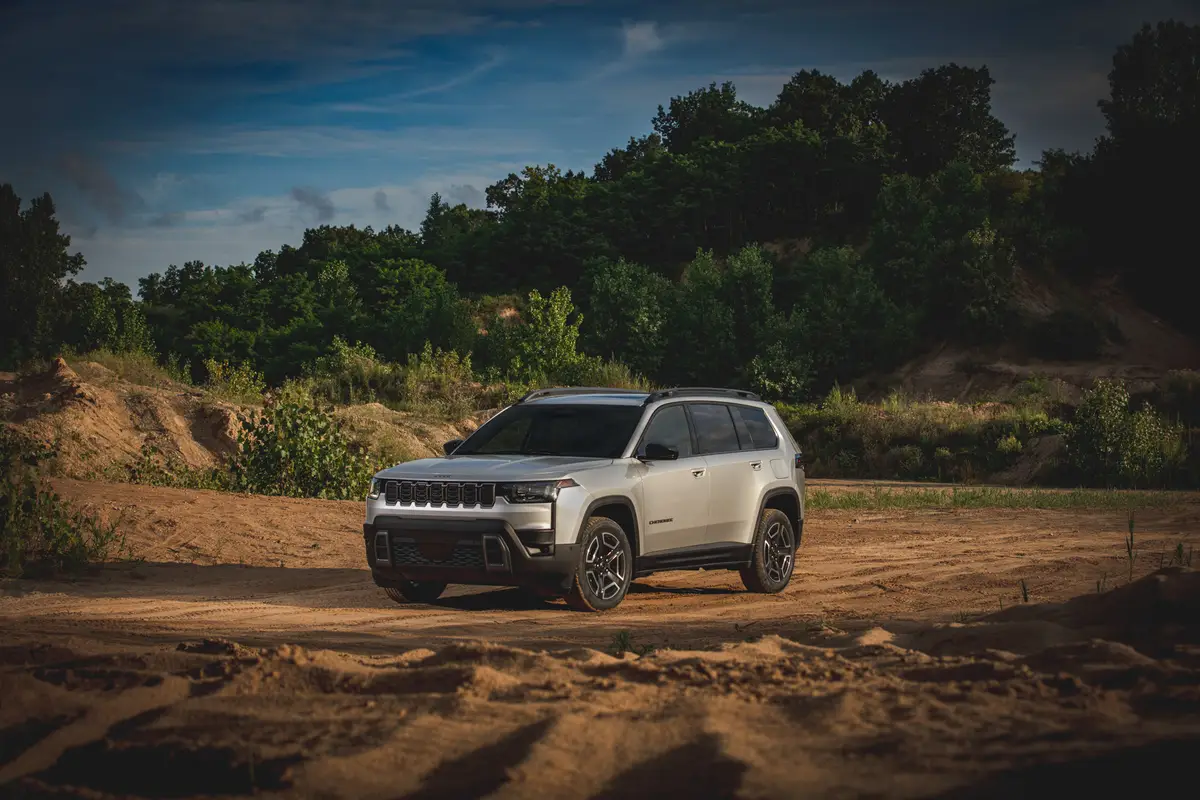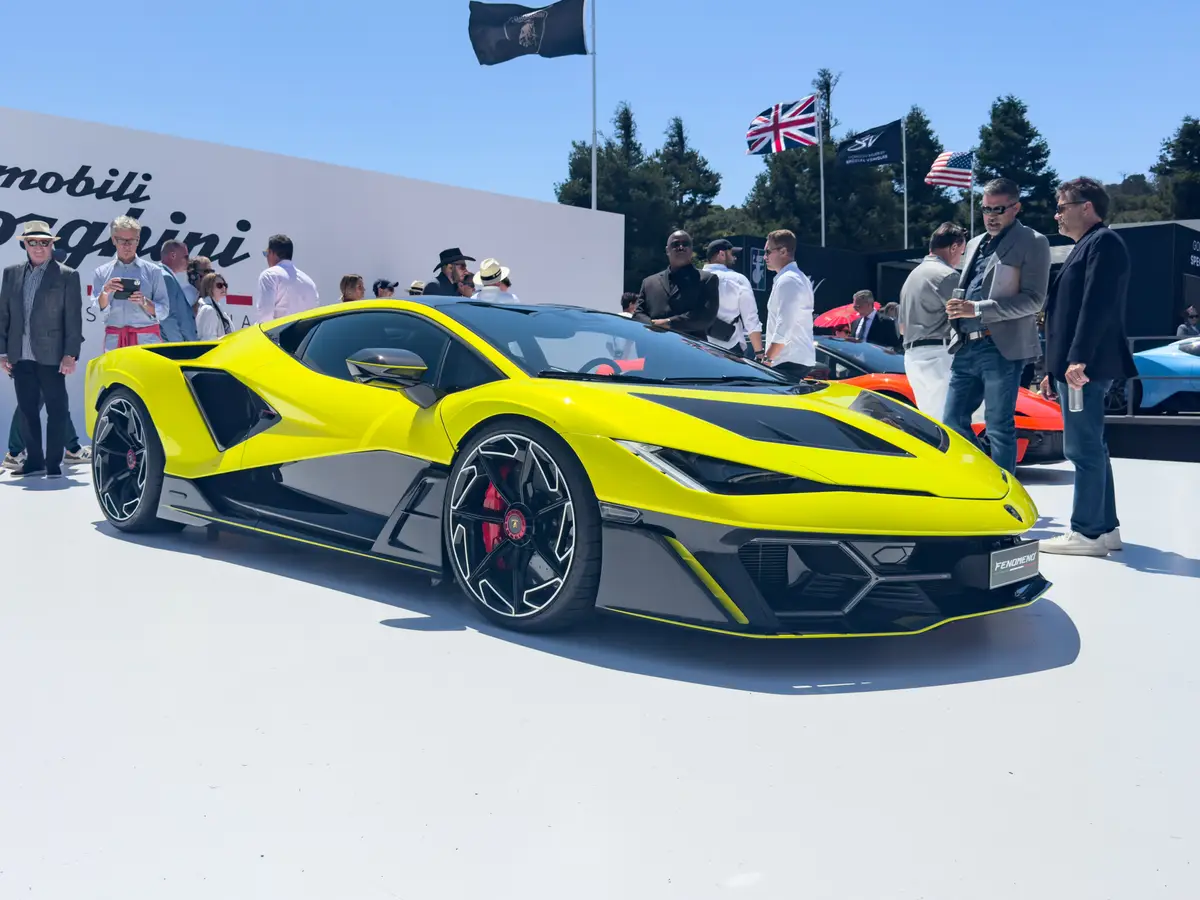Star-Telegram.com's view
Toyota is bringing yet another crossover utility vehicle to market this year, the five-passenger Venza.
The midsize 2009 Venza, which goes on sale in December, is a family wagon based on the Toyota Camry sedan, and is quite similar in size, shape and concept to the Nissan Murano crossover. It’s also similar in exterior design to the seven-passenger, Camry-based Toyota Highlander crossover.
But don’t call the Venza a crossover. Toyota prefers to call it simply “a passenger car optimized,” apparently believing that along with the station wagon and sport utility vehicle, the crossover is now a species on the verge of extinction.
“Venza establishes an exciting new direction in passenger car design that will combine the finest attributes of Toyota’s diverse vehicle lineup,” said Bob Carter, the Toyota Division group vice president and general manager.
“It caters to buyers who are looking for the value and reliability of a Camry, the comfort and upscale refinement of an Avalon, and the utility and flexibility of a Highlander in one very stylish and sporty package.”
No matter what Toyota calls it, the rest of the industry and consumers will see it clearly as a crossover, and that’s really OK, as crossovers are the hottest-selling family haulers today.
There might be an argument for calling the Venza a Camry station wagon, but crossover is the correct term, as the vehicle clearly meets all the criteria for that designation – it’s a cross between an SUV and a sedan, built on the chassis of a sedan, but with the higher driving position and cargo-carrying capabilities of an SUV.
Whatever, the Venza is “the right vehicle at the right time,” said Tim Morrison, Toyota’s U.S. marketing manager for large cars and vans.
“We see Venza as a new direction in Toyota passenger-car design,” he said. “Its styling, dimensions and features are more car than SUV.”
He said Toyota sees the Venza as “70 percent car and 30 percent SUV.”
What it does for Toyota isn’t really clear, however, as the Highlander is similarly sized, styled and priced, and does all the same things as the Venza. It’s built on the same chassis and offers a similar choice of engines and interior configurations.
The only real difference is that the Venza can hold only five passengers, while the Highlander can be configured for five or seven.
The Venza evolved from the FT-SX concept vehicle Toyota showed off at the 2005 Detroit auto show, and was created in the automaker’s Calty design centers in Newport Beach, Calif., and Ann Arbor, Mich. The final design is quite similar to that of the concept.
It has a slightly lower profile than the Highlander, six inches, and it’s six inches taller than the Camry. Overall, it’s 63.4 inches high and 189 inches long.
Only two models are offered, determined by engine choices – either a four-cylinder or a V-6. Either engine is available with front- or all-wheel drive.
Prices begin at $25,975 (plus $720 freight) for the front-drive four-cylinder, and $27,800 for the front-drive V-6. The all-wheel-drive system is a $1,450 upgrade on either version.
Like the Highlander, the Venza is not intended for off-road driving. Its all-wheel-drive system does not have low-range gearing for serious trail driving, and the vehicle’s relatively low ground clearance would not allow it to traverse large rocks and other trail obstacles anyway.
For those who want to take a Toyota SUV off road, there is the midsize 4Runner available for that, as well as the compact FJ Cruiser and even the full-size Sequoia and Land Cruiser.
Under the hood of the Venza is either the base 2.7-liter four-cylinder engine, with 182 horsepower and 182 foot-pounds of torque, or the optional 3.5-liter V-6, with 268 horsepower and 246 foot-pounds of torque.
Both engines are connected to six-speed automatic transmissions, and the engines are made more durable by the use of timing chains rather than timing belts that would have to be replaced on a routine basis.
Although EPA estimates are not available yet, Toyota said that its internal testing indicates that the four-cylinder model with front drive should average 21 miles per gallon in the city and 29 on the highway, compared with 21 city/31 highway for the four-cylinder Camry.
Inside, the car is quite carlike and comfortable, with plenty of room for three adults in the back seat, especially as long as the front seats aren’t moved all the way back.
There is nothing flashy about the interior, but it has the usual Toyota quality and attention to detail, with easy-to-read instruments and easy-to-find and -operate controls.
Among standard features are dual-zone automatic climate control with air filter and second-row vents; tilt/telescopic steering wheel with integrated audio controls; cruise control; overhead console with map lights; adjustable rear-seat reading lamps; three 12-volt power outlets; and power windows/mirrors/door locks with remote.
Other amenities include: high-intensity discharge headlights with automatic high-beam activation; a panoramic sunroof with power tilt/slide function for the front section, and a separate fixed-glass panel over the rear seats; and a choice of three audio systems. A smart-key system is optional, and includes keyless pushbutton start.
Standard is an AM/FM/CD system with six-disc, in-dash changer and XM satellite radio, with MP3 playback and six speakers.
Optional is a great JBL Synthesis surround-sound system with hands-free Bluetooth phone connection and 13 speakers.
The top offering combines navigation with audio. Toyota says it’s a voice-activated, touch-screen, DVD navigation system with a JBL Synthesis surround-sound setup that has a four-disc, in-dash CD changer, satellite radio with XM NavTraffic, MP3 playback, Bluetooth, and 13 speakers.
A rear-seat DVD entertainment system also has the JBL Synthesis surround sound, along with a nine-inch display, two seats of wireless headphones, a remote control, an auxiliary jack for an external audio device (iPod), a 120-volt power outlet and RCA mini-jacks. The power outlet and RCA jacks allow for connection of a game console.
Included with four-cylinder models are 10-spoke, 19-inch aluminum-alloy wheels; the V-6 models come with five-spoke, 20-inch aluminum-alloy wheels.
Power ventilated four-wheel antilock disc brakes are used on all models. Other safety features include seat-mounted side air bags for the front bucket seats; a driver’s knee air bag; roof-mounted side-curtain air bags for both rows; electronic stability control with traction control; and a tire-pressure monitoring system.
A power rear liftgate is optional, as are leather seats and a roof rack.
The automotive columns of G. Chambers Williams III have appeared regularly in the Star-Telegram since 1995. Contact him at 210-250-3236; chambers@star-telegram. com.
Quick facts: 2009 Toyota Venza
The basics: Midsize, five-door, five-passenger, four-cylinder or V-6 powered, front- or all-wheel-drive crossover utility vehicle.
Highlights: New for 2009, this is the third crossover in Toyota’s lineup. The others are the midsize Highlander and compact RAV4.
Engines, transmissions: 2.7-liter four-cylinder or 3.5-liter V-6; six-speed automatic.
Overall length: 189 inches.
Power/torque: 182 HP./182 foot-pounds (I-4); 268 HP./246 foot-pounds (V-6).
Fuel economy: 21 city/29 highway (I-4), estimated (V-6 not available).
Prices: $25,975 (I-4, front drive); $27,425 (I-4, all-wheel drive); $27,800 (V-6, front drive); $29,250 (V-6, all-wheel drive), plus $720 freight.
On-sale date: December 2008.
Latest news



